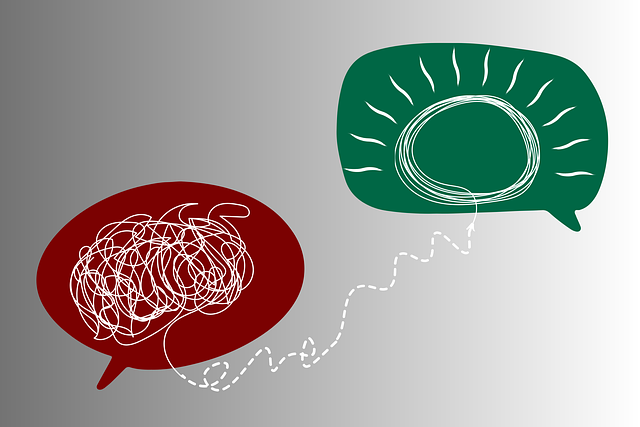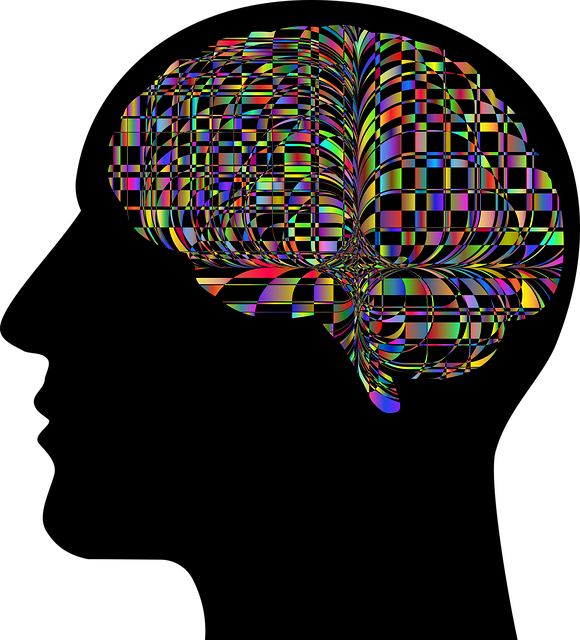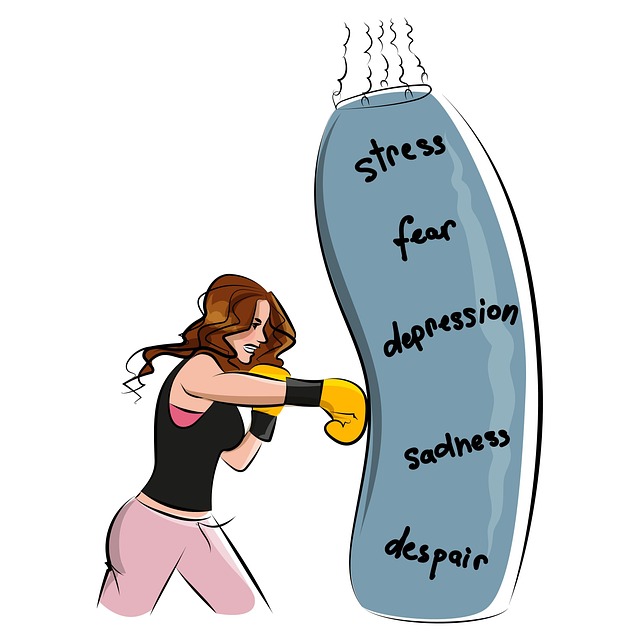Longmont Geriatrics Therapy employs a dual approach to evaluate their mental wellness programs, combining quantitative data from standardized tools with qualitative insights from interviews and surveys. This comprehensive method ensures that program effectiveness is tailored to diverse participant needs. Stakeholder involvement, including healthcare providers, patients, family members, and community resources, guides the evaluation process, leading to more impactful initiatives for various demographics. Through iterative evaluations and continuous improvement, Longmont Geriatrics Therapy maintains responsive and effective mental wellness programs, benefiting both individual clients and the overall quality of care.
Mental wellness program evaluations are vital for measuring effectiveness and driving improvement. This article explores two powerful evaluation methods—quantitative and qualitative approaches—that provide comprehensive insights into program impact. We delve into stakeholder involvement, emphasizing diverse feedback sources crucial for success. Additionally, we highlight Longmont Geriatrics Therapy’s innovative iterative evaluation process, showcasing how this approach enhances mental wellness services tailored to the unique needs of their elderly population.
- Assessing Program Impact: Quantitative and Qualitative Approaches
- Stakeholder Involvement: Gathering Feedback from Diverse Sources
- Continuous Improvement: Iterative Evaluation for Effective Mental Wellness Programs at Longmont Geriatrics Therapy
Assessing Program Impact: Quantitative and Qualitative Approaches

Evaluating the impact of mental wellness programs is a multifaceted process that combines both quantitative and qualitative methods. Quantitative assessments typically involve measuring changes in symptoms, functionality, and overall well-being through standardized tools and surveys before and after program participation. These metrics provide tangible data on the effectiveness of Longmont Geriatrics Therapy interventions, allowing for comparisons across different treatments and time periods. For instance, tracking reductions in anxiety or depression scores can demonstrate the success of specific programs tailored to older adults’ needs.
Complementing these quantitative measures are qualitative approaches that delve into participants’ subjective experiences. Interviews, focus groups, and surveys asking about perceptions of change, program satisfaction, and perceived benefits offer valuable insights. This humanistic perspective captures the nuances of trauma support services or healthcare provider cultural competency training, such as how Mindfulness Meditation practices impact individuals’ sense of calm and resilience. By integrating both approaches, evaluators gain a comprehensive understanding of program effectiveness, ensuring that mental wellness initiatives in Longmont Geriatrics Therapy meet the diverse needs of their participants.
Stakeholder Involvement: Gathering Feedback from Diverse Sources

Effective mental wellness program evaluation requires stakeholder involvement, ensuring diverse perspectives and feedback are gathered. This includes input from healthcare providers, patients, family members, and community resources like Longmont Geriatrics Therapy. By incorporating these varied viewpoints, programs can better address the unique needs of different demographics, enhancing their overall effectiveness.
Diverse feedback is crucial for identifying areas of improvement and burnout prevention strategies for healthcare providers. It also helps in understanding the impact of mental wellness initiatives on depression prevention, allowing for tailored interventions that resonate with diverse populations. This inclusive approach fosters a more robust and sustainable mental health support system.
Continuous Improvement: Iterative Evaluation for Effective Mental Wellness Programs at Longmont Geriatrics Therapy

At Longmont Geriatrics Therapy, continuous improvement is at the heart of their mental wellness program evaluation methods. By adopting an iterative approach, they ensure that their programs remain dynamic and responsive to the evolving needs of their clients. This involves regular, structured assessments to monitor progress, identify areas for enhancement, and implement adjustments in real-time. Such agility is crucial for effective interventions, especially in geriatric care where individual needs can vary drastically over time.
This ongoing evaluation process doesn’t just benefit individual patients; it also serves as a valuable data source for refining their overall mental wellness initiatives. By analyzing outcomes and participant feedback, Longmont Geriatrics Therapy can pinpoint successful strategies and areas requiring further development. This not only enhances the quality of care but also acts as a Burnout Prevention Strategy for Healthcare Providers by fostering an environment where continuous learning and adaptation are prioritized, ultimately contributing to the success of their Mental Wellness Podcast Series Production in promoting Mood Management among their clientele.
Evaluating mental wellness programs is a multifaceted process, as demonstrated by the approaches outlined in this article. By combining quantitative data analysis with qualitative insights, stakeholders can gain a holistic understanding of program impact at Longmont Geriatrics Therapy and beyond. Involving diverse voices through stakeholder engagement ensures that the needs of all beneficiaries are considered, fostering continuous improvement. Adopting an iterative evaluation method allows for dynamic adjustments, ultimately enhancing the effectiveness and relevance of mental wellness programs in meeting the unique challenges of an aging population.














